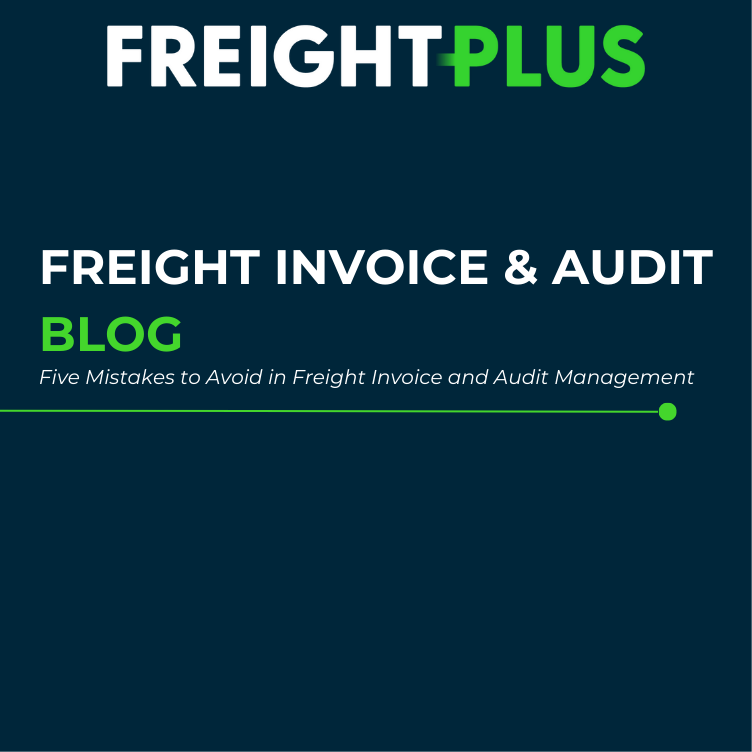Effective freight invoice and audit management is crucial for businesses to ensure accurate financial transactions and maintain a streamlined supply chain. However, many organizations often fall victim to common mistakes that can lead to inefficiencies, increased costs, and potential compliance issues. Here, we highlight some of these common mistakes and provide guidance on how to avoid them.
Lack of Documentation
Accurate and complete documentation is the foundation of effective freight invoice and audit management. Unfortunately, many shippers overlook this aspect, leading to potential complications and errors. Missing or incomplete invoices and inadequate supporting documents can hinder the audit process and make it challenging to resolve disputes or discrepancies. To avoid this mistake, implement a standardized documentation process and leverage digital tools for secure storage and easy retrieval of invoices and related documents.
Inadequate Communication
Effective communication is key to successful freight invoice and audit management. Lack of communication with carriers and vendors, as well as insufficient communication between different departments within the organization, can result in delays, errors, and misunderstandings. It’s crucial to establish clear communication channels and foster open lines of communication with carriers, vendors, and internal stakeholders. Regularly communicate updates, requirements, and expectations to ensure everyone is on the same page.
Freight Invoice & Audit Guide
The goal of this guide is to help you as the shipper better manage the freight invoice and audit process.
In this guide, we outline:
- Overview and common challenges faced by both shippers and carriers
- The role and benefit of using a managed transportation solutions provider
- Insights, solutions, and tips & tricks from our subject matter experts on how to improve your process
Failure to Validate Invoice Accuracy
Verifying the accuracy of freight invoices is a critical step in the audit process. Failing to compare invoices with supporting documentation or ignoring discrepancies and errors can lead to overpayments, underpayments, and strained relationships with vendors and carriers. To avoid this mistake, establish a robust invoice validation process that includes thorough checks against supporting documents. Leverage technology tools like freight audit software that can automate this validation process and detect errors and discrepancies more effectively.
Inconsistent Audit Procedures
Verifying the accuracy of freight invoices is a critical step in the audit process. Failing to compare invoices with supporting documentation or ignoring discrepancies and errors can lead to overpayments, underpayments, and strained relationships with vendors and carriers. To avoid this mistake, establish a robust invoice validation process that includes thorough checks against supporting documents. Leverage technology tools like freight audit software that can automate this validation process and detect errors and discrepancies more effectively.
Overlooking Cost Recovery Opportunities
One of the significant benefits of freight invoice and audit management is the potential to identify cost recovery opportunities. However, many shippers fail to leverage this advantage due to common mistakes such as overlooking billing errors or overcharges and not pursuing cost recovery actions. To avoid this mistake, conduct thorough audits to identify potential savings. Take proactive steps to recover costs when errors are identified, such as initiating discussions with vendors and carriers or leveraging contract terms and negotiation.
By avoiding these common mistakes in freight invoice and audit management, businesses can improve accuracy, streamline processes, and reduce costs. By doing so, businesses can achieve greater financial control, optimize their supply chain, and strengthen their relationships with vendors and carriers.



